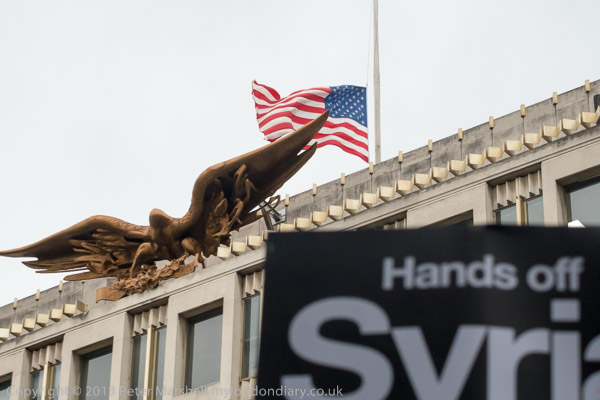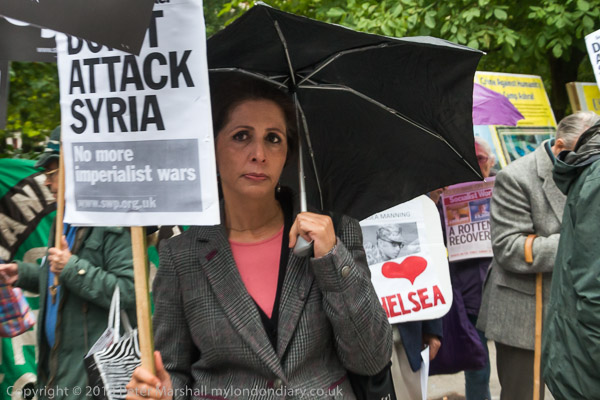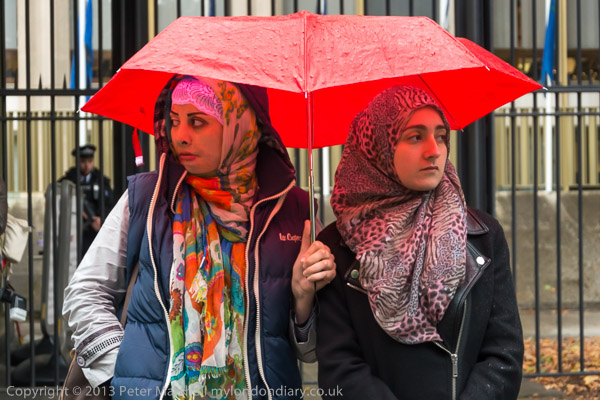‘In Russia, Conflating Journalism and ‘Hooliganism’’, posted on the New York Times Lens blog is an article by Steven Lee Myers about photographer Denis Sinyakov, the Moscow-based freelance photographer who was arrested when Russian soldiers illegally seized the Greenpeace ship the Arctic Sunrise on the high seas on September 19. All of those on board, including Sinyakov and were initially charged with piracy. On 26 September a court in Murmansk ordered he be put in preventive detention for two months, according to Reporters Without Borders because ‘he “often travels abroad” and might try to elude the authorities’.
The Russian prosecutors have since reduced the charges against him and the other 29 arrested to hooliganism, which still carries a maximum sentence of 7 years, and they could be held in jail for up to 18 months before the case comes to court.
Reporters Without Borders comment:“
Sinyakov was arrested while working as a journalist and his detention constitutes an unacceptable violation of freedom of information,. By investigating this photographer and the Greenpeace activists he was accompanying on such an absurd accusation as piracy, the Russian Investigative Committee is criminalizing both journalists and environmental activism.
They report Sinyakov’s speech to the court:
“This ‘criminal activity’ is journalism and I will continue to practice it […] Greenpeace is an organization with a 40-year history and is well known for its activities. But I don’t work for it. I am a journalist. You can see my photos in the media in Russia and all over the world. All my equipment has been seized. My only weapon is my camera.”
Sinyakov worked as a photo editor and a staff photographer at Agence France-Presse (2004-2007) and at Reuters (2007- July 2012) when he went freelance to be able to concentrate more on the stories that interested him “on the environment, human rights, politics and the economy.” According to the NY Times post, the Russian news agency Lenta.ru have provided a letter for the court that he was accredited with them.
Those who can read Russian can read his ‘Entries from Jail‘ (Записи из СИЗО) on his web site. All of us can support Sinyakov and the rest of the Arctic 30 by sending a letter to our Russian embassy from the Greenpeace site. Protests are also being organised outside many of them, including one in London this evening.
Kieron Bryan, a British freelance videographer who previously worked at The Times, the Mirror and Current TV, leaving The Times in January to pursue freelance work, is also among the 30 arrested. He was employed by Greenpeace on a short-term contract to document the organisation’s work on Russian oil exploration in the Arctic Circle. The BBC reported today that his family are hoping to fly out shortly to visit him in prison.

























